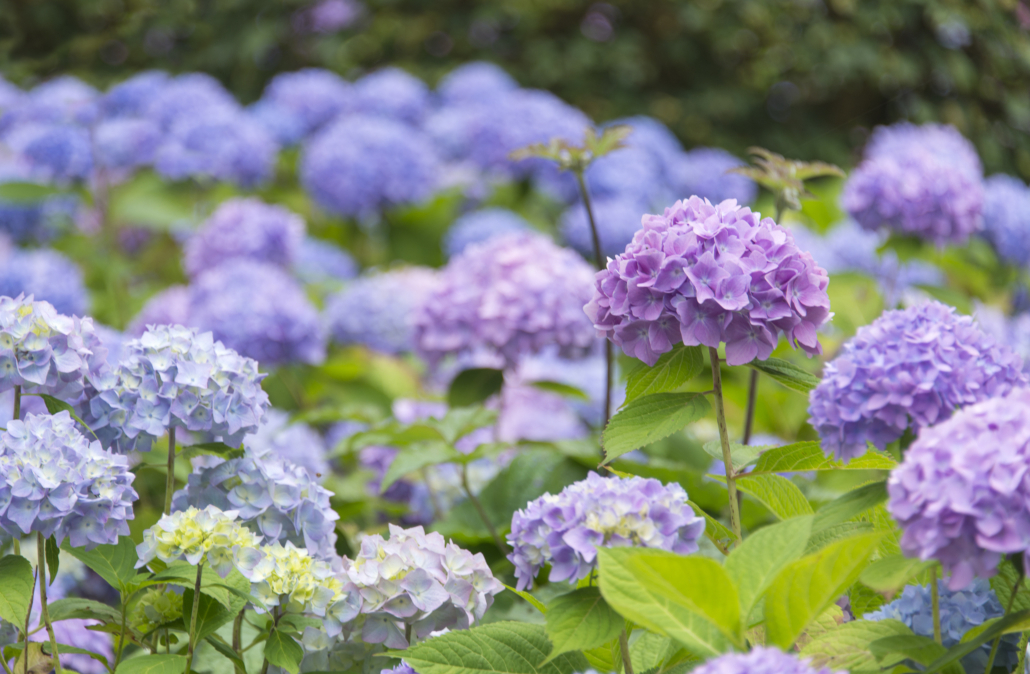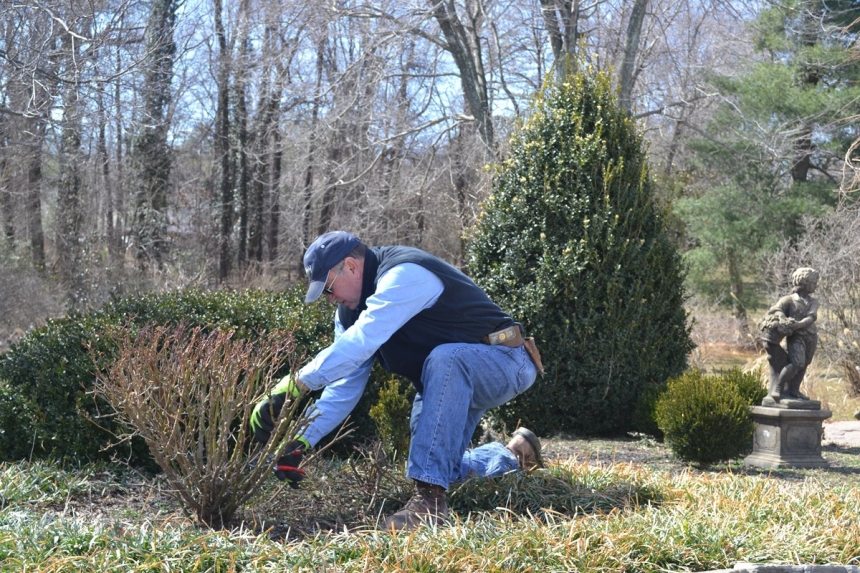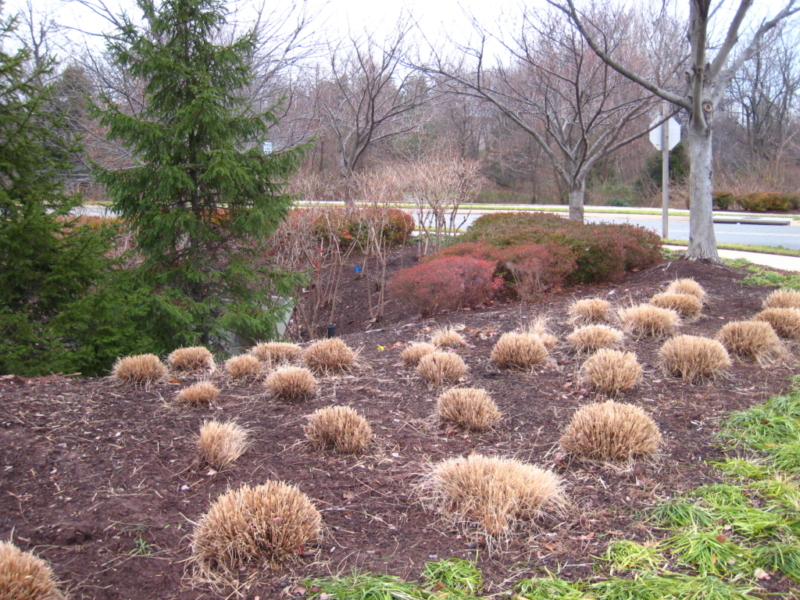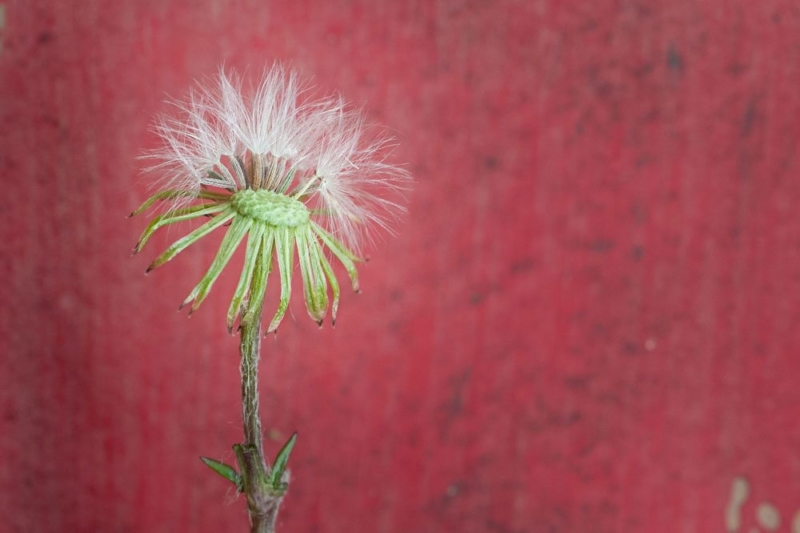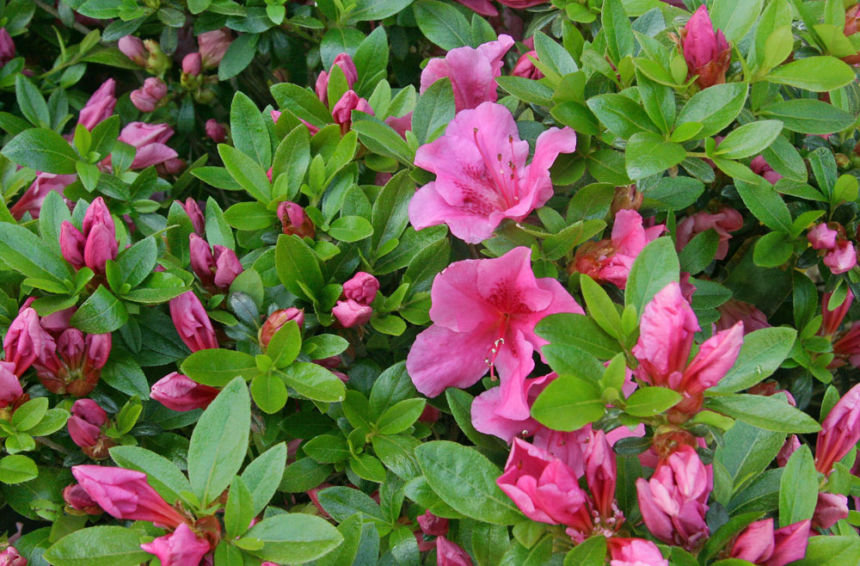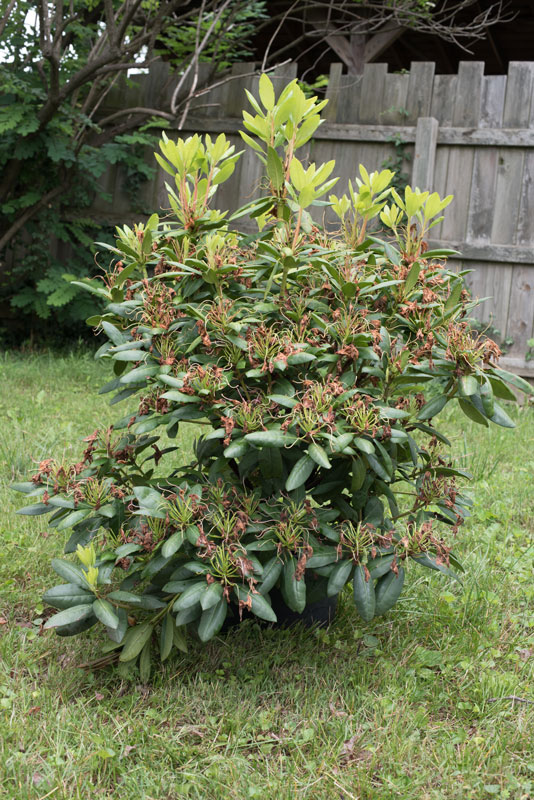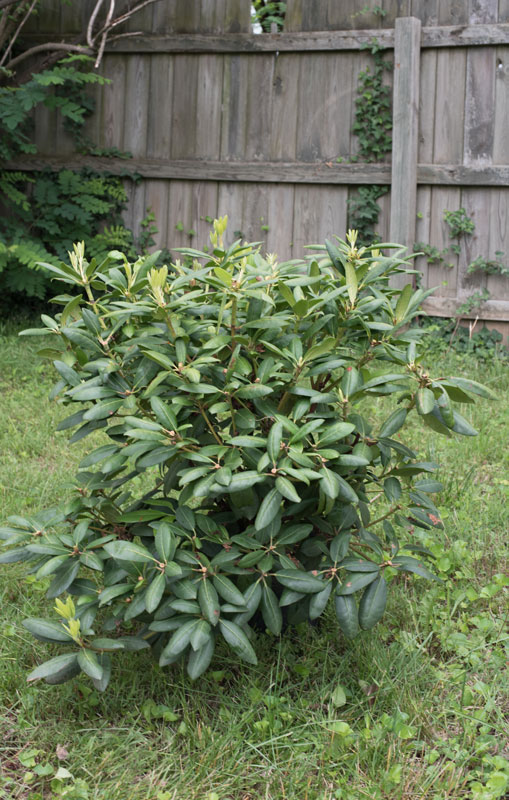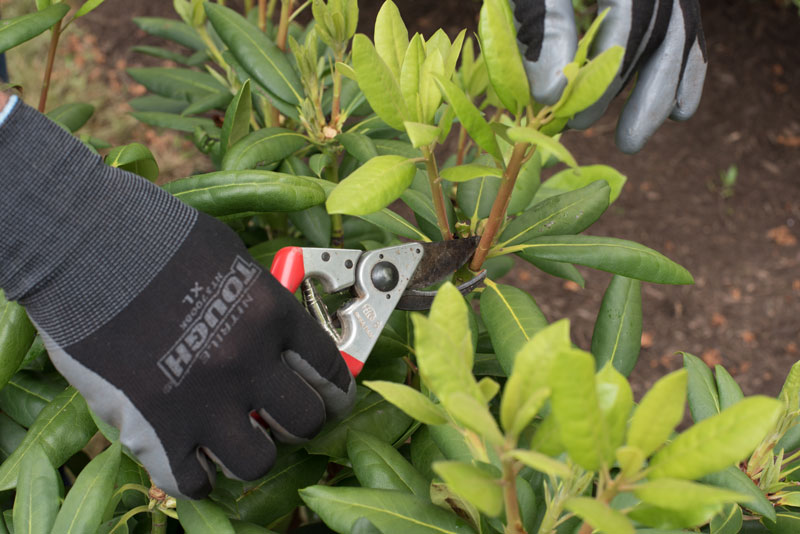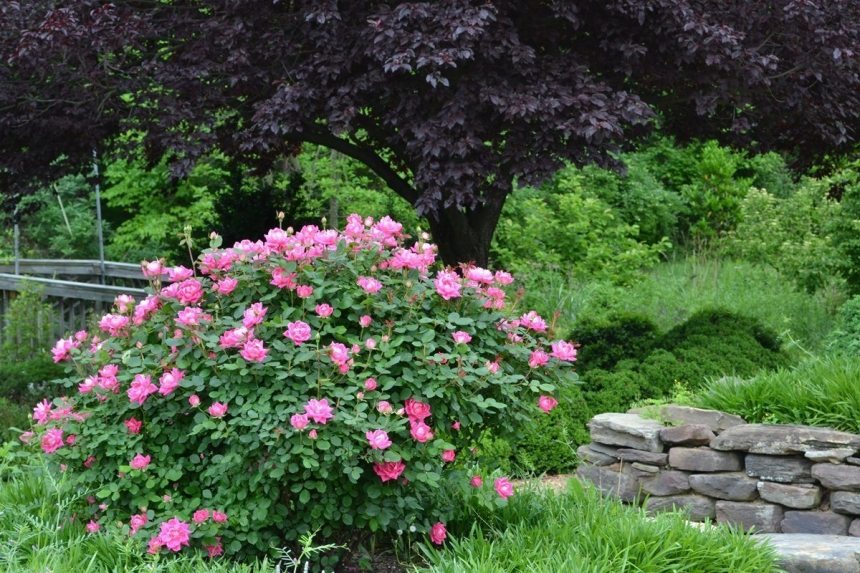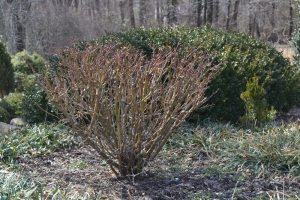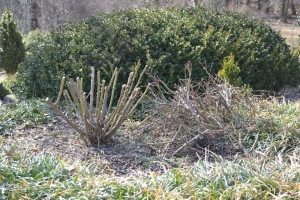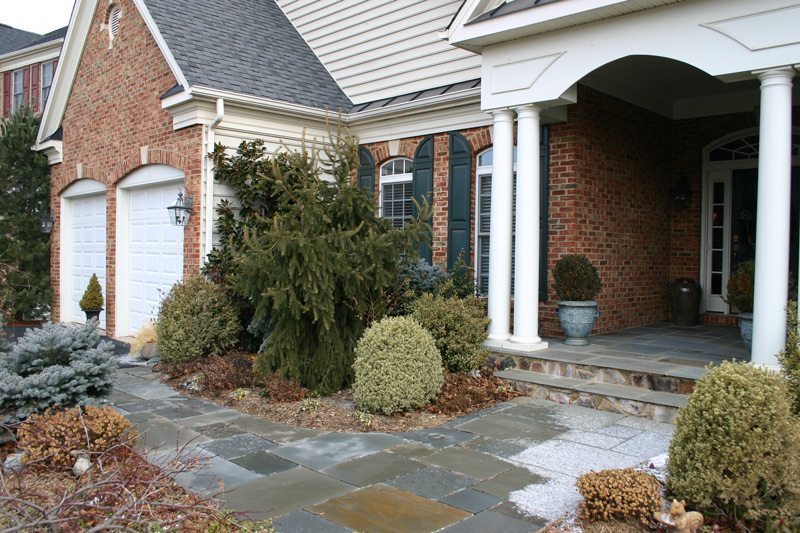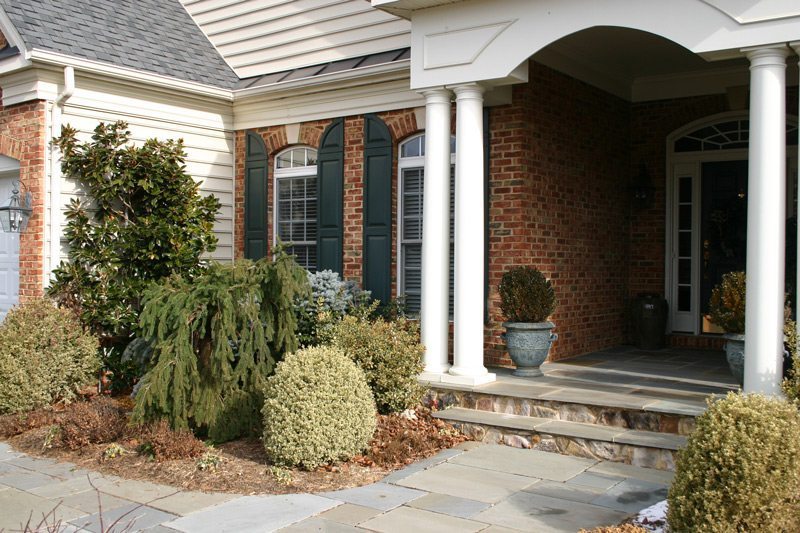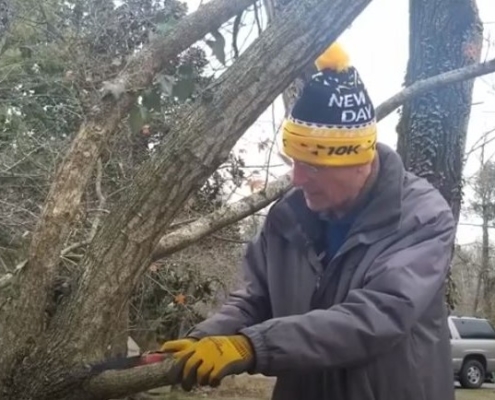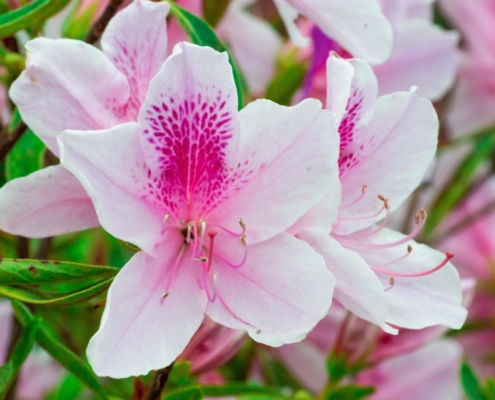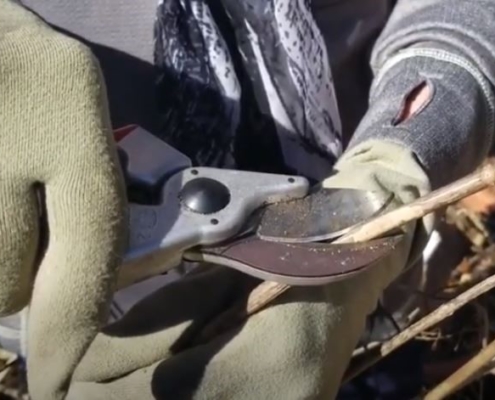David Yost, Merrifield Plant Specialist
Shopping for pruning tools is like shopping for a new pair of shoes. It seems like a simple task, but once you get started it’s easy to get a little confused about all the choices. Just like shoes, pruners are designed for a specific purpose, size, comfort and style.
Here are some things to consider when buying pruners:
One-Handed Pruning Shear
For most of us, this will be our most important pruner. This versatile tool can be used to cut back flowers, rose bushes, shrubs and branches that are 1” in diameter.
There are two types of one-handed pruning shears: bypass or anvil. Bypass pruners cut with a scissors action, which leaves a cleaner, smoother cut than anvil pruners. They’re available in a wide range of sizes and styles to fit personal preferences and uses. You can even find left-handed ones. Many companies now offer ergonomic designs with lightweight composite materials, cushioned grips and ratcheting or gearing to supplement hand strength.
With anvil pruners, the blade cuts against a fixed (stationary) block. Anvil pruners make cutting easier and require less effort than bypass pruners. They pinch the stem between the blade and the anvil, which often results in bruising on tender plants, such as roses. That’s why most gardeners prefer bypass pruners to cut back live plants and anvil pruners to remove tough, dry, dead stems and branches.
Pruning Saw
The second most important pruning tool is a pruning saw. Avoid the temptation to overwork your hand pruners by trying to cut branches larger than what they’re designed for. This will wear out both you and your tools. If you’re straining to make a cut, stop and reach for your pruning saw.
Pruning saws feature large, open teeth angled to cut as you pull the saw towards you. This allows you to slice through the sap and sawdust of fresh, green wood. Pruning saws also are available in a wide variety of styles and sizes.
Garden Scissors
Joyce Chen flower shears are designed for precise cutting and are perfect for deadheading annuals and perennials, cutting flowers to bring in your home and shaping bonsai.
Loppers
Loppers serve a similar purpose as one-handed pruners. But loppers have long handles and you use both hands when making a cut, which enables you to cut larger branches and reach farther. They are especially useful for removing old, large canes on shrubs, such as butterfly bush, forsythia, red twig dogwood, etc. You can reach down inside the shrub and remove branches without getting down on your hands and knees to reach in with your pruning saw.
Pole Pruners
Pole pruners combine a pruning saw with a bypass pruner on the end of a pole that allows the user to reach up into tall trees. Pole pruners often use telescoping poles that can reach lengths of 6 to 14 feet. This tool can be very useful, but requires some skill and strength to operate. Keep in mind that as you reach farther away from your body, the pruner feels heavier and becomes more difficult to use.
Hedge Shears
Hedge shears are essentially scissors that allow you to shape and sculpt hedges or trim ground covers. Shearing is most often used in formal garden settings or large landscapes where using hand pruners would be too time consuming. Shears with lightweight materials and cushioned grips can reduce fatigue during use.
With pruning tools, there’s a wide range in price and quality. Top quality pruners can be expensive, but they’re an investment that will last for years. Brands such as Felco and Corona use high quality, stainless steel blades that hold a sharp edge through long hours of use. Fiskars specializes in lightweight, ergonomic tools and other companies emphasize affordability.
Pruners require very little maintenance. Wiping them clean with alcohol after every use removes most sap and sanitizes the blade to help extend the life of the tool and prevent the spread of plant diseases. Sharpen or replace blades as needed and apply a light oil to all moving parts to keep your pruners in good shape and make them easier to use.
At Merrifield Garden Center, we offer a complete selection of pruning tools for all your needs. Let us help you find the right tools to prune like a pro.


